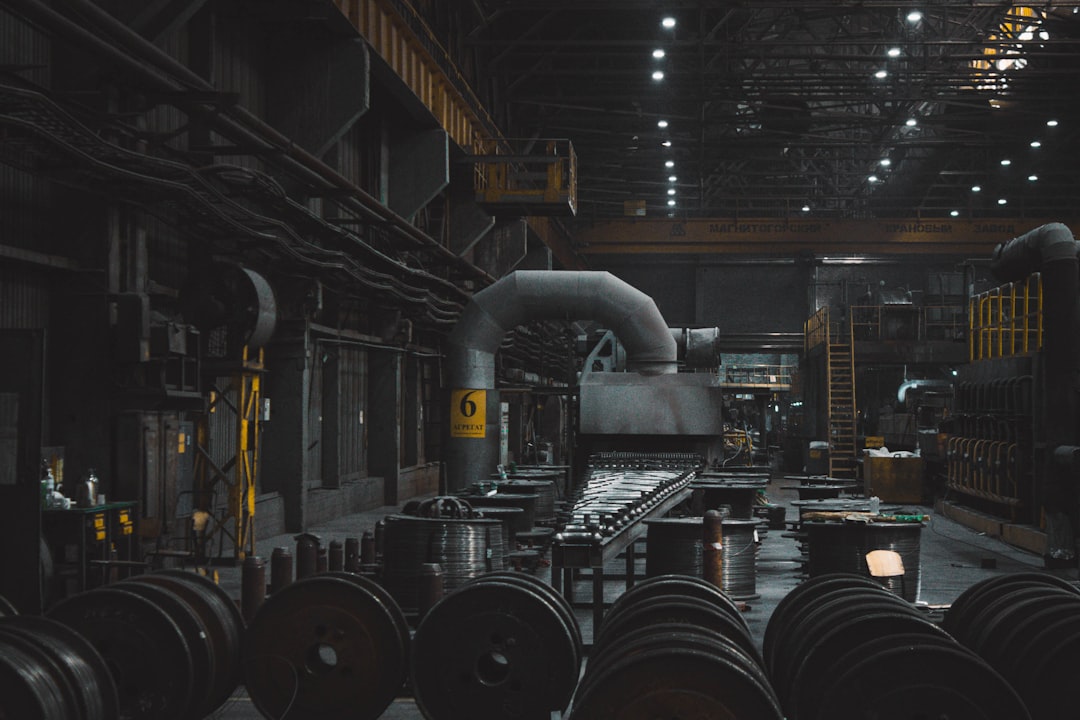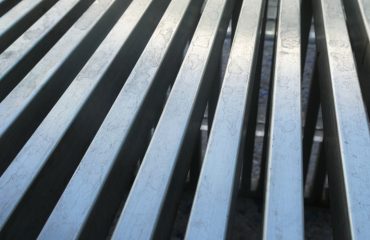In the world of construction, manufacturing, and engineering, steel is a cornerstone material. Its strength, durability, and versatility make it indispensable. However, ensuring the safety and reliability of steel products is paramount. This is where CE certification comes in. This comprehensive guide will explore the intricacies of CE-certified steel products, helping you understand their significance and how to identify genuine certifications.
What Does CE Certification Mean for Steel Products?
The CE marking, short for “Conformité Européenne” (European Conformity), is a mandatory conformity marking for products sold within the European Economic Area (EEA). It indicates that the product meets the essential requirements of relevant European Union (EU) health, safety, and environmental protection legislation. For steel products, this means the manufacturer has demonstrated that their products comply with specific directives and standards, ensuring they are safe for their intended use and won’t pose risks to users or the environment. This isn’t a simple “tick-box” exercise; it involves rigorous testing, documentation, and ongoing quality control.
The CE Certification Process for Steel: A Step-by-Step Guide
The process of obtaining CE certification for steel products is multifaceted and demanding. It generally involves these key steps:
- Product Identification and Applicable Directives: The manufacturer first identifies the specific steel product and the relevant EU directives that apply. Different directives govern different types of steel products and their intended applications (e.g., construction steel, reinforcement steel, etc.).
- Conformity Assessment Procedure: The manufacturer selects an appropriate conformity assessment procedure based on the directive’s requirements. This could involve internal production control, type examination, or other more rigorous methods, depending on the product’s risk profile.
- Testing and Verification: Rigorous testing is conducted to verify that the steel product meets the essential requirements of the applicable directives. This may involve mechanical testing (tensile strength, yield strength, elongation), chemical analysis, and other relevant tests.
- Technical Documentation: Comprehensive technical documentation must be compiled, including design specifications, test results, manufacturing processes, and quality control procedures. This documentation serves as evidence of conformity.
- Declaration of Conformity: The manufacturer issues a Declaration of Conformity, a legal document stating that the product meets the requirements of the applicable directives. This declaration is crucial for demonstrating compliance.
- CE Marking Application: Finally, the CE marking is affixed to the product, usually accompanied by the manufacturer’s identification number and other relevant information.
Failure to comply with any of these steps can result in significant legal and financial consequences for the manufacturer.
Benefits of Using CE-Certified Steel Products
Choosing CE-certified steel products offers numerous advantages:
- Enhanced Safety: The primary benefit is increased safety. CE certification ensures the steel meets stringent safety standards, minimizing risks of failure or injury.
- Improved Quality: The certification process promotes higher quality control throughout the manufacturing process, resulting in more consistent and reliable products.
- Legal Compliance: Using CE-marked steel ensures compliance with EU legislation, avoiding potential legal penalties and liability issues.
- Increased Consumer Confidence: The CE mark provides assurance to consumers and buyers that the product meets required standards, building trust and confidence.
- Facilitated Trade: CE certification simplifies the movement of goods within the EEA, reducing trade barriers and streamlining import/export processes.
Identifying Genuine CE-Certified Steel Products
It’s crucial to be able to identify genuine CE markings to avoid counterfeit or substandard products. Look for the following:
- The CE mark itself: The CE mark should be clearly visible and permanently affixed to the steel product or its packaging.
- Manufacturer’s Identification Number: The manufacturer’s identification number should be included alongside the CE mark. This allows traceability to the manufacturer and their declaration of conformity.
- Relevant Standards: The documentation should specify the relevant European standards (EN standards) that the steel product conforms to.
- Declaration of Conformity: The manufacturer should be able to provide a copy of the Declaration of Conformity upon request.
- Reputable Supplier: Sourcing steel products from reputable suppliers who prioritize quality and compliance is crucial.
Be wary of products lacking these features, as they may not be genuinely CE-certified.
Consequences of Using Non-CE Certified Steel
Using non-CE certified steel can have serious repercussions:
- Safety Risks: The most significant risk is compromised safety. Non-certified steel may not meet the required strength, durability, or other essential properties, leading to structural failures, injuries, or even fatalities.
- Legal Liability: Using non-compliant steel can expose businesses and individuals to legal liability in case of accidents or failures.
- Financial Losses: Structural failures due to substandard steel can result in significant financial losses from repairs, replacements, and potential legal actions.
- Reputational Damage: Using non-CE certified steel can severely damage a company’s reputation and credibility within the industry.
The potential consequences far outweigh the perceived cost savings of using non-certified steel.
In conclusion, CE certification for steel products is not merely a regulatory requirement; it’s a crucial guarantee of safety, quality, and reliability. By understanding the process, benefits, and how to identify genuine certifications, you can make informed decisions that prioritize safety and protect your interests.
Tags: CE certified steel, steel certification, European conformity, construction steel, steel safety, building materials




